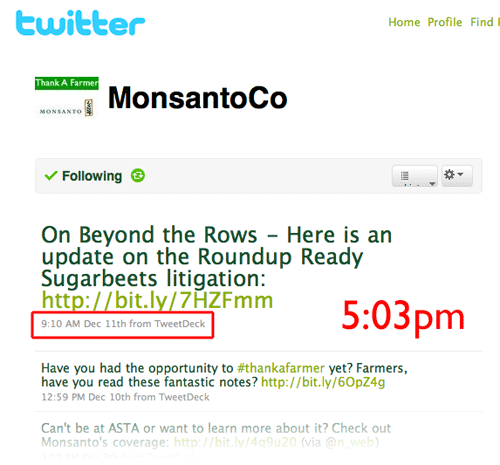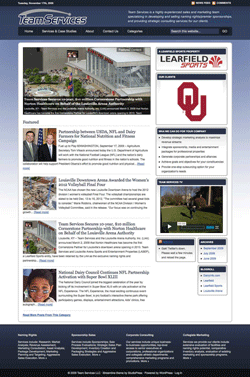Mel Karmazin is the CEO of Sirius Satellite Radio. Before that he was head of CBS Radio. For most of his career he has been known as a “Wall Street darling” for his ability to drive up the price of his various companies’ stock. Don Imus frequently referred to him as the Zen Master. Let’s just say he knows a lot about radio and advertising. I was struck by his description of advertising and frank assessment that Google was “fucking with the magic.”
“I loved the model that I had then. At that point I had… I was the CEO of CBS and I had a model where you buy a commercial… if you’re an advertiser you buy a commercial in the Super Bowl and, at that time, you paid two-and-a-half million dollars for a spot and had no idea if it worked. I mean, you had no idea if it sold product… did any good… I loved that model! That was a great model! And why …if I can get away with that model… if I’m in the business where I can sell advertising that way, why wouldn’t I want to do it?
No return on investment. And you know how everybody looks for return on investment? We had a a business model that didn’t worry about return on investment and then here comes Google. They screwed it up. They went to all these advertisers and said, we’ll let you know exactly what it is.”
Oooh. Reminds me of the old saw, “I know that only half of my advertising works, I just don’t know which half.” The full interview is worth a watch and confirmed my feeling that a real sea change (in advertising) is taking place.




